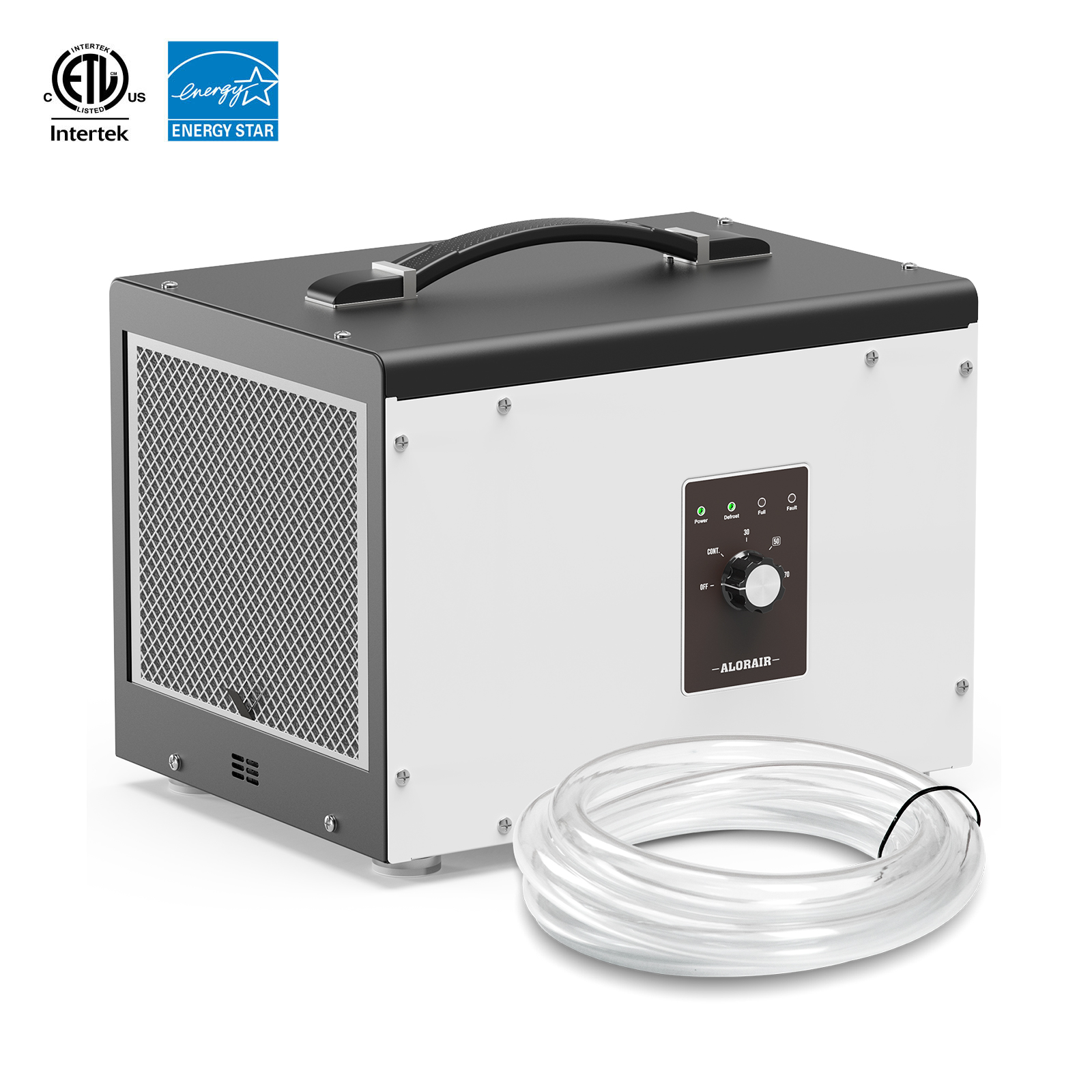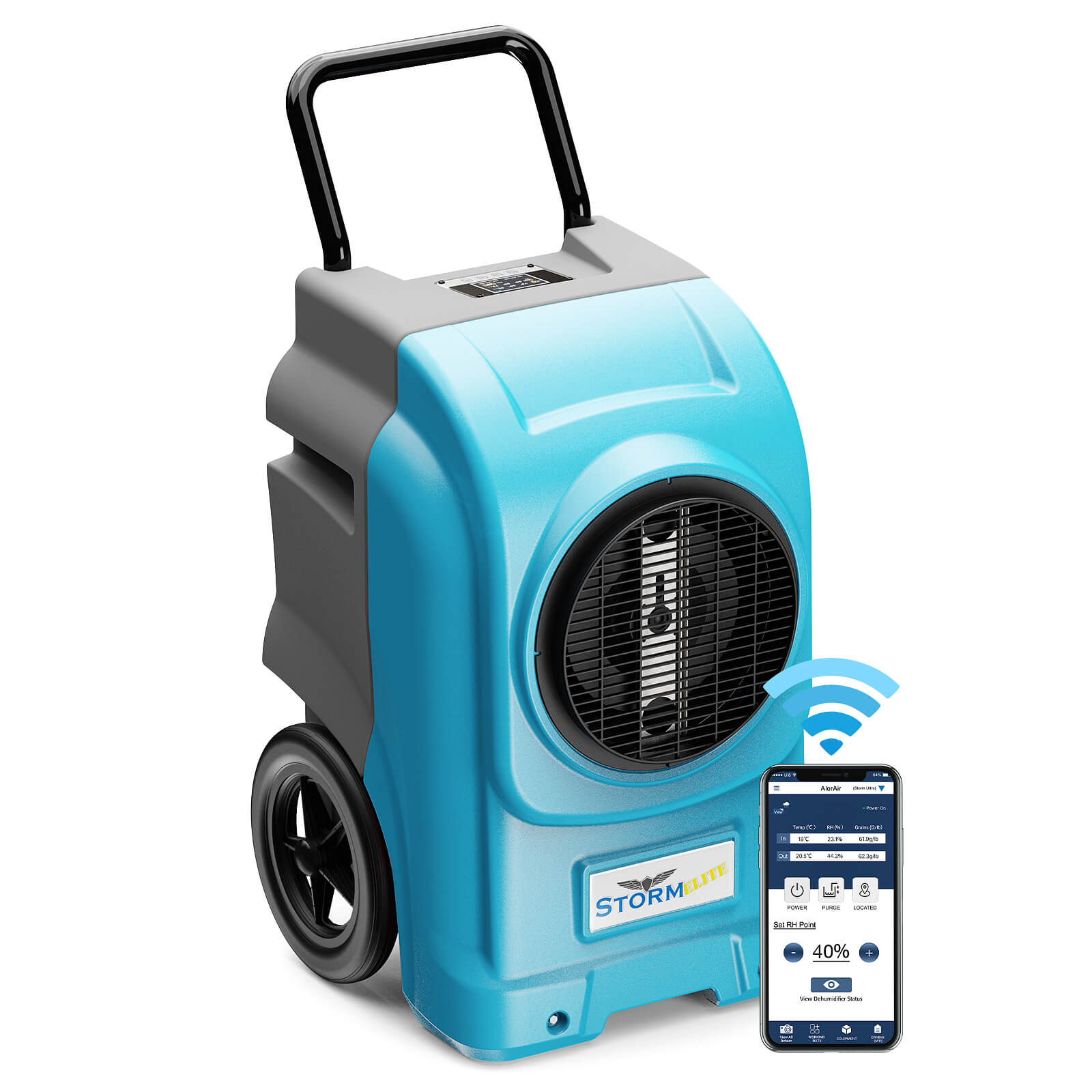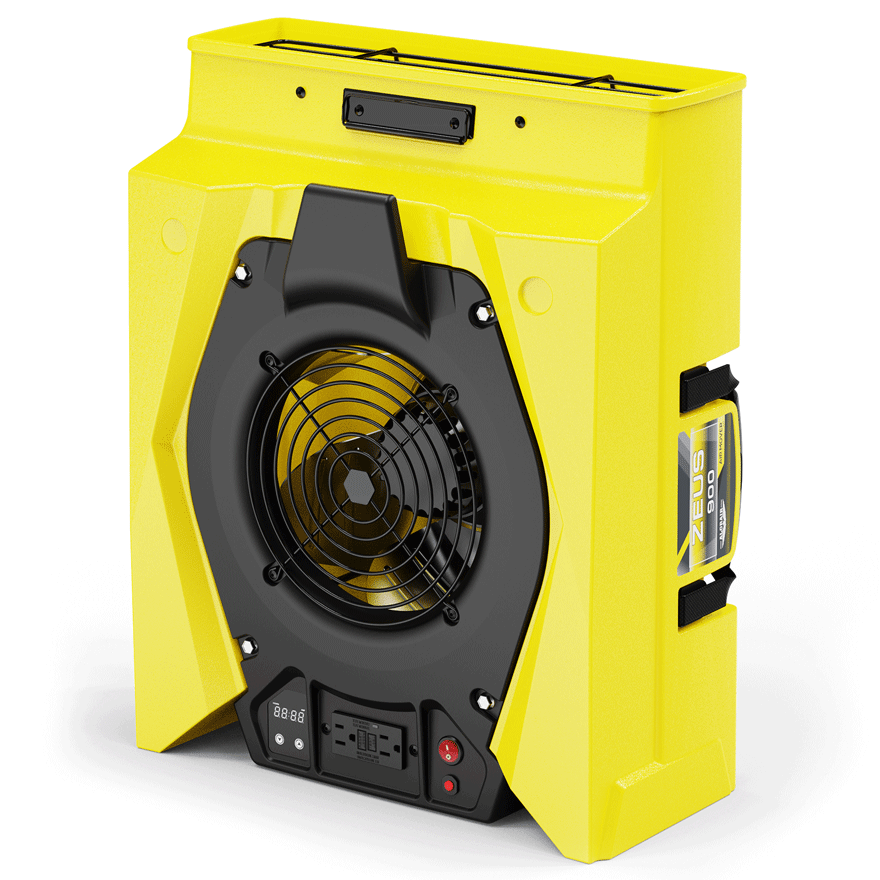Floods are a natural calamity that comes with so much destruction. Floods occur when water bodies have an increase in water level thus causing them to rise and overflow onto dry land. Floods have been around from time immemorial and in some cases, some could say that some instances of flooding have been an ‘advantage’ as it carries fertile soil and deposits it elsewhere making the area more fertile.
However, as much as the area where the soil has been deposited becomes more fertile, the area where the soil was brought from by the floodwater is often left with no nutrients. In that connection, floods have been seen to be more of a menace than an advantage.
Causes of floods
-
Rainfall and melted snow
Rainfall is definitely the go-to cause when one hears of a flood. Extremely heavy rainfall especially that was unexpected and unprepared for can cause the affected area to flood most cases areas that are low lying plains and have loam or clay soil is most likely to experience worse floods.
For areas surrounded by icy peaks, flooding is very likely to occur as the ice may melt during hot seasons causing water to flow into the surrounding areas this water will in turn accumulate at the base of the mountain leading to flooding in that area.
-
Thunderstorms
These are a very notorious cause of flash floods. They cause small fast-moving rivers to swell up to ten times its original size thus making them burst their banks and overflow into its unsuspecting environs. Thunderstorms may at times cause tides to rise more than usual causing the surrounding area to flood.
-
Tsunamis, cyclones, and hurricanes
Coastal regions are affected mostly by floods through earthquakes that occur in the sea beds causing thereto be gigantic waves which in turn overflow to the coastal region causing it to flood, this is called a tsunami. Hurricanes and cyclones also begin in large water bodies. These extra strong winds move across the ocean collecting water as it moves towards dry land at abnormal speed and with a lot of force. The cyclones then dump the water it was carrying onto the dry land causing it to flood.
-
Human activities
Destruction of forests and other vegetation covers for commercial use without replacing it can be a cause of flooding. Trees and other vegetation use water for photosynthesis and survival thus they absorb water using their roots into the plant. This process in turn prevents stagnation of water.
Thus, the more we cut down trees the less they become leading to flooding.
Manmade dams once left unmanned and its pressure levels increase will break under pressure causing the water to pour out and flood its surrounding areas. Dams can also cause floods if they are left to fill beyond its holding capacity.
-
Poor drainage
This is a problem experienced mostly in third world countries where the drainage system is poor and unmaintained thus it is unable to handle even the slightest rainfall. This is however very preventable by collecting the rainwater for use elsewhere and installing effective underground drainage systems.
Dangers of flooding
Flood water is often dirty as it carries different substances from different places that it passes inclusive of the dirt it carries from the source, thus if it happens to come in contact with drinking water the water will become contaminated thus cause illness if consumed. Depending on the pressure that floods come with, they may cause damage worth millions as it carries houses vehicles, livestock, and even people. In the worst cases, floods will leave several people displaced, homeless, and injured and will even cause death. It is best to always be prepared for these natural calamities at all times especially when living in an area prone to them. Individuals should also always be on alert and to always take heed in case such a calamity is said to be expected. It is always best to be safe than sorry.









.jpg)
.jpg)

.jpg)
.jpg)
.HDi90.png)
.HD90.png)



.jpg)






.jpg)
.jpg)
.jpg)





.jpg)
.jpg)










.jpg)
.jpg)








.jpg)
.jpg)












.jpg)
.jpg)
.jpg)
.jpg)
.jpg)
.jpg)
.jpg)
.jpg)
.jpg)
.jpg)
.jpg)
.jpg)
.jpg)
.jpg)





.jpg)
.jpg)
















-.jpg)
.jpg)

.jpg)
.jpg)



























 Exclusive offers
promotions
Exclusive offers
promotions

